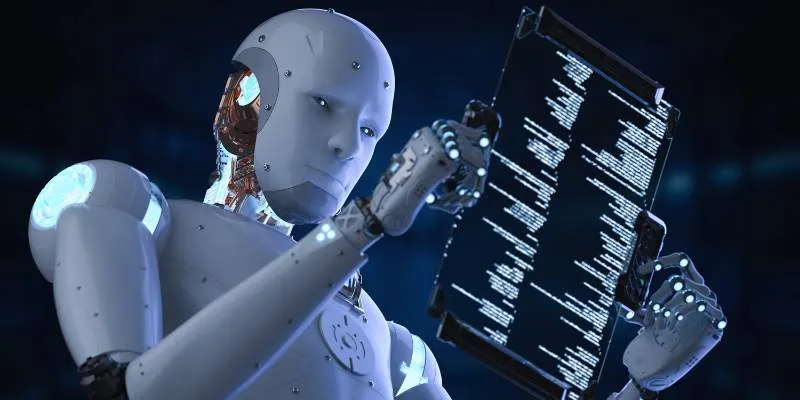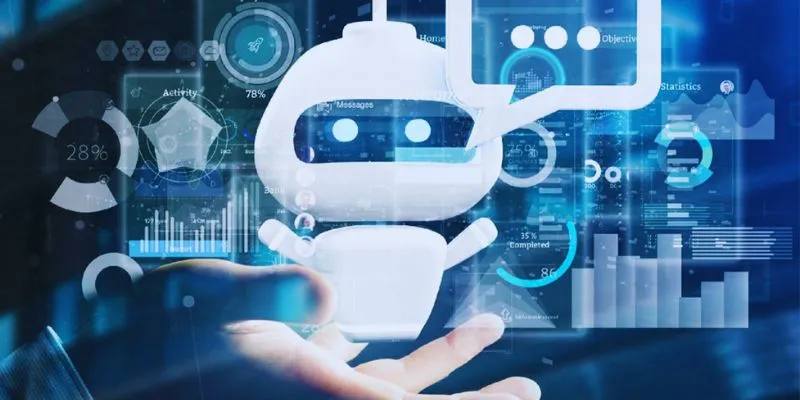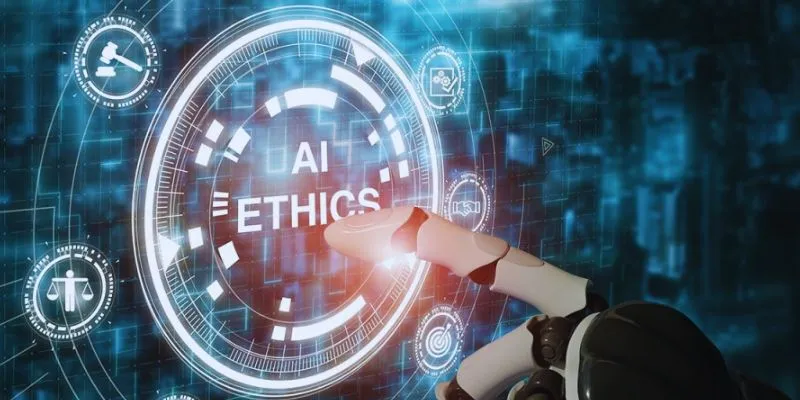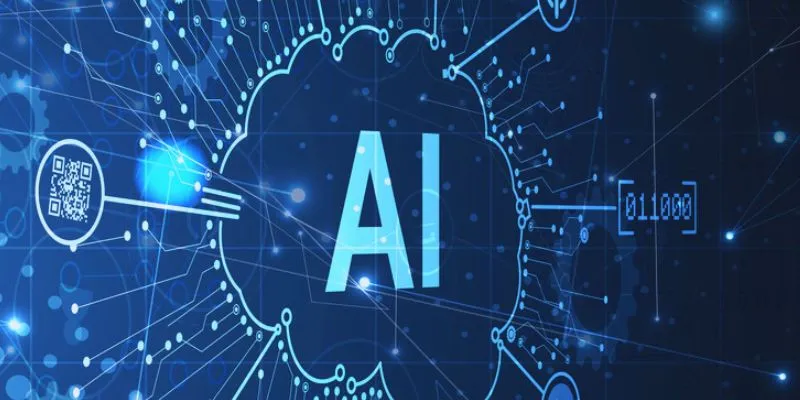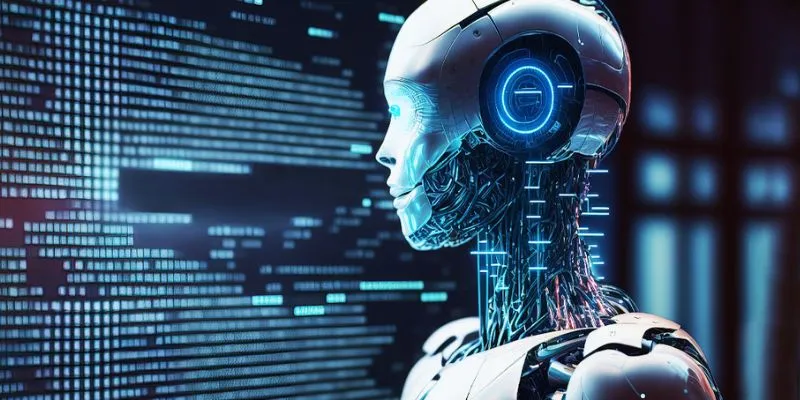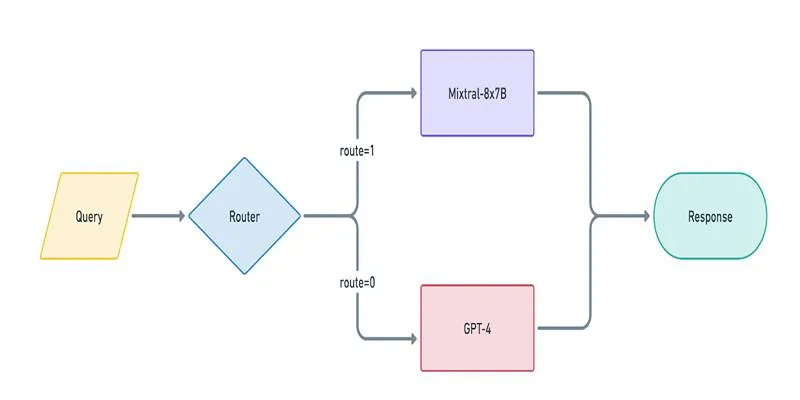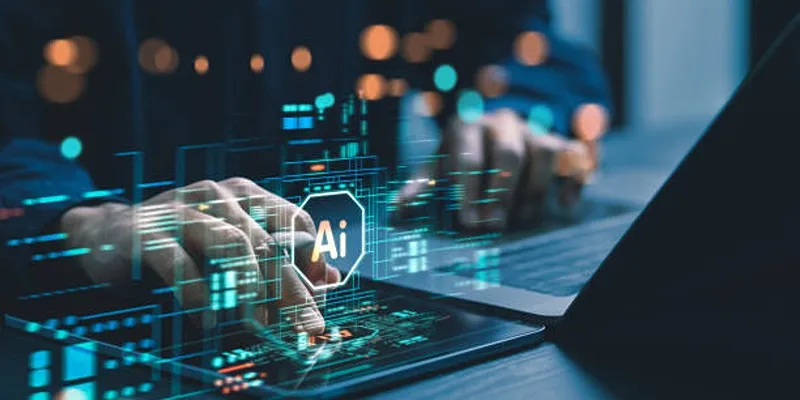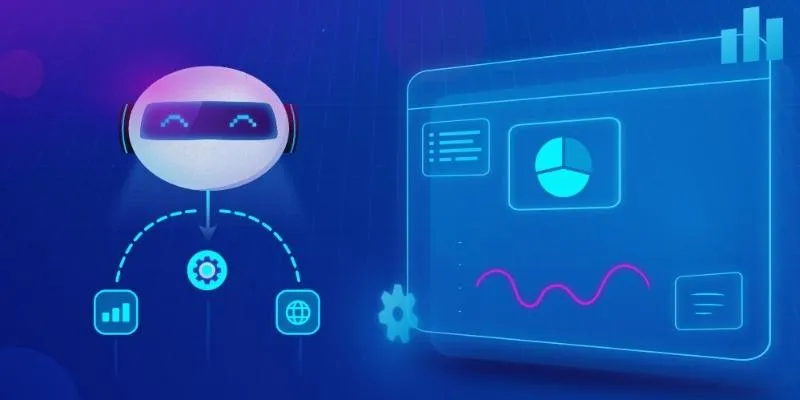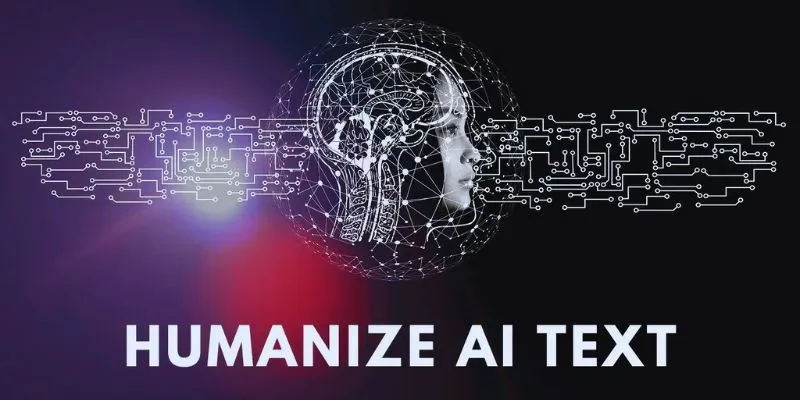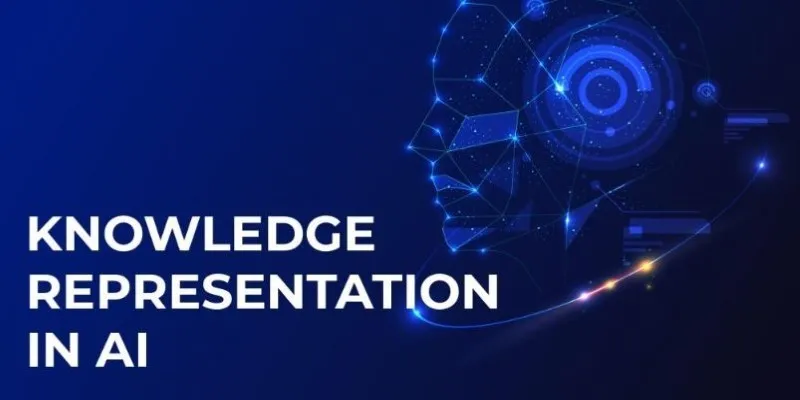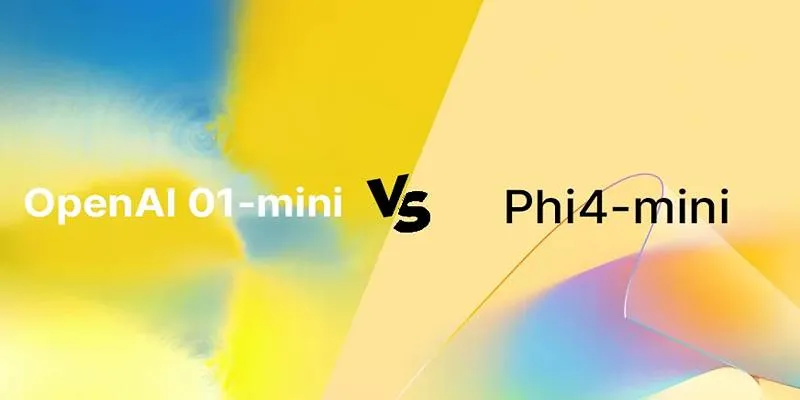Artificial intelligence (AI) is everywhere, yet it often feels like an elusive concept. It’s more than just the futuristic robots or sci-fi stories we imagine—it’s already shaping how we live and work. From recommending movies on Netflix to helping doctors diagnose diseases, AI has found its place in our everyday experiences.
But what exactly is artificial intelligence? How does it work, and why does it matter? In this article, we’ll break down the definition of AI and explore its vast scope, giving you a clearer picture of how this technology is transforming industries, societies, and even our daily routines.
Understanding Artificial Intelligence
Artificial intelligence (AI) refers to the development of computer systems that can perform tasks that typically require human intelligence, such as reasoning, learning, decision-making, and understanding language. The term “artificial intelligence” was first coined in 1956 at Dartmouth College with the goal of simulating human learning and intelligence. Over the years, AI has evolved from an ambitious idea to a powerful tool in many industries.
There are two main types of AI: Narrow AI and General AI. Narrow AI is designed for specific tasks, such as speech recognition or movie recommendations, and is widely used in applications like Siri or Google Translate. General AI, still theoretical, aims to replicate human-like intelligence across various domains.
What differentiates AI is its capability to learn and improve. Compared to other software, AI programs can scan information, recognize patterns, and change actions depending on the result. This is why AI is suitable in healthcare, logistics, and the arts, where computers improve continuously based on experience. It’s not about an industry; AI is widespread and increasing.
The Core Mechanics of AI
Artificial intelligence relies on three key components: algorithms, data, and computing power. These elements come together to create systems capable of learning and adapting. Machine learning, the most significant driver of modern AI, allows machines to learn from data instead of relying on static instructions. For instance, by feeding a system thousands of images of cats, it learns to distinguish a cat from other objects like dogs or chairs.
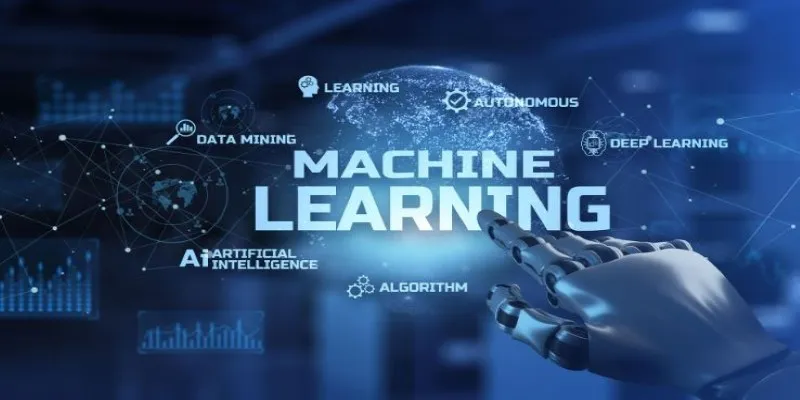
Deep learning takes machine learning a step further, using artificial neural networks inspired by the structure of the human brain. This enables more complex tasks, such as facial recognition, language translation, and autonomous driving.
Another vital aspect of AI is natural language processing (NLP), which helps machines understand and generate human language. NLP powers chatbots and translation tools, allowing AI to grasp the meaning behind words—not just translating them but interpreting context.
AI also includes computer vision, which enables machines to process visual data. For example, smart cameras use computer vision to detect people or objects in real time, while apps can identify plants or art.
Vast amounts of data underlie all of this. The more data AI systems are exposed to, the more accurate and effective they become. However, this process requires substantial computing power to analyze data quickly and efficiently. Ultimately, AI is a collaborative ecosystem of tools designed to learn, adapt, and improve continuously.
The Expanding Scope of AI
Artificial intelligence is no longer confined to tech companies—it’s spreading across all industries. In healthcare, AI helps doctors detect diseases early through image analysis and predict patient risks by analyzing medical histories. In education, smart tutoring systems tailor learning paths for students, adapting in real-time to their needs.
In business, AI manages tasks like customer service, fraud detection, and inventory planning. It allows companies to predict customer preferences and behavior. Banks use AI to monitor for fraud, while retailers optimize restocking to meet demand. These systems operate seamlessly behind the scenes, enhancing operations without much fanfare.
AI also significantly influences transportation. AI powers autonomous vehicles, while smart traffic signals optimize city flow. Logistics companies rely on AI to predict delays and adjust delivery routes, reducing fuel consumption and improving efficiency.
In the creative sector, AI plays a growing role in music composition, art generation, and even film production, offering tools that enhance human creativity. Personal devices, such as smartphones, use AI to improve user experience by managing battery life, sorting photos, and automating tasks like replying to messages. Smart home devices learn daily habits, adjusting settings for comfort and efficiency.
The scope of artificial intelligence extends into public policy, defense, and agriculture, where it’s used for resource management, threat detection, and crop monitoring. As AI continues to evolve, the human element remains essential in guiding its development and ethical application.
Challenges, Ethics, and Future Prospects
As artificial intelligence becomes more integrated into everyday life, it brings with it a host of challenges. One major concern is bias. Since AI learns from data, any biases in the data will be reflected in its decisions. This has led to problems like facial recognition systems misidentifying people with darker skin tones or hiring algorithms that unintentionally favor one gender.
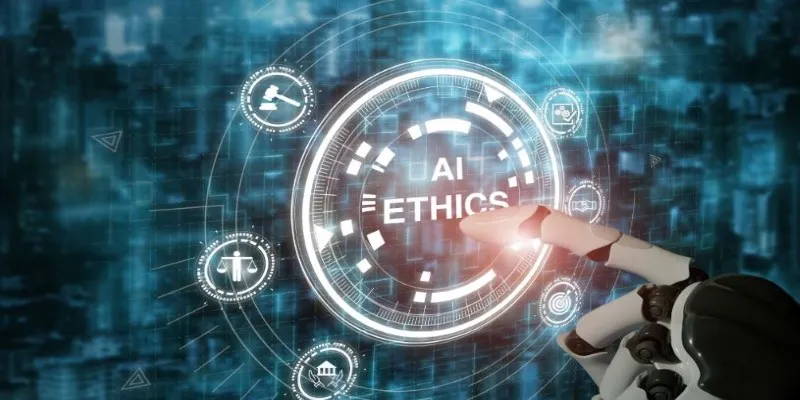
Another challenge is the transparency of AI systems. Many models, especially deep learning ones, operate as “black boxes”—they make decisions without easily explaining how they arrived at them. This becomes problematic when AI is used in critical areas such as law enforcement or healthcare, where understanding the reasoning behind decisions is essential.
Automation is another concern, as AI continues to take over tasks traditionally performed by humans. This raises fears of job displacement, particularly in repetitive roles. While new jobs may emerge, the transition can be difficult and unequal.
The ethical question of who controls AI is also significant. Decisions around regulation, safety, and fairness will influence how AI shapes society. Despite these challenges, AI holds immense potential to address global issues like climate change, education, and healthcare—if steered responsibly. The scope of artificial intelligence is not just about expanding its reach but about redefining how we interact with technology.
Conclusion
Artificial intelligence is rapidly evolving, profoundly shaping industries and daily life. Its scope continues to expand from healthcare and education to business and creative fields. While AI offers immense potential to improve efficiency and problem-solving, it also presents challenges related to ethics, bias, and transparency. Understanding AI’s definition and scope helps us navigate its integration responsibly, ensuring that it benefits society while addressing concerns about its long-term impact on work and decision-making.
 zfn9
zfn9
